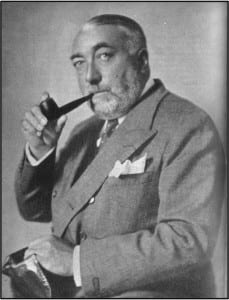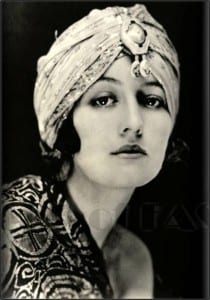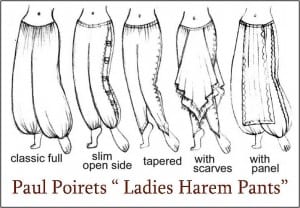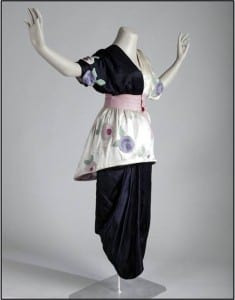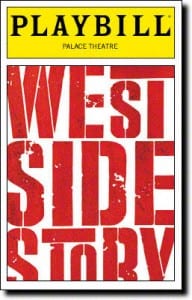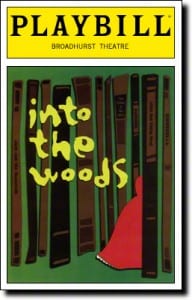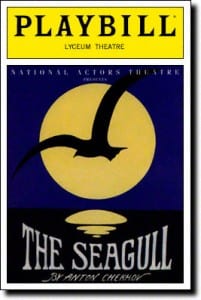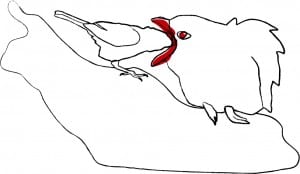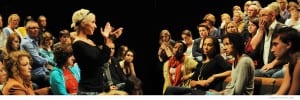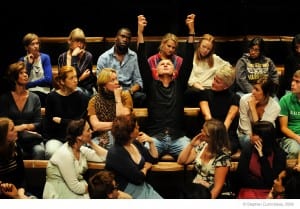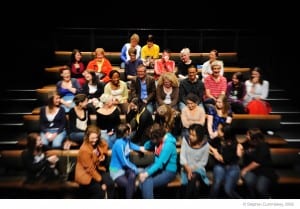Modernism is based on rationalistic logic which human can reach “Utopia” through development of science and technology, and it sets a high value on an individuality and subjectivity through severance of convention and old custom. Fashion as Modernism also emphasizes an autonomy of fashion. Accordingly, Modernism fashion is not wearing the clothes depending on particular place or social class but just seeking fashion for fashion. In other words, fashion is selected and worn by individual tendency and aesthetic standard rather than relevant society. The feature of Modernism fashion is, it rejects a glossy ornamentation and additional material in addition it deletes a symbolic image and message, and emphasizes the unique line of cloth.
Paul Poiret (1879 ~1944)
In this sense, Paul Poiret who is French fashion designer widely known as one of the pioneers of Modernism fashion. His first outstanding contribution as modernist is liberation from corset. Corset was typical convention and inevitable element of fashion although many women suffered from indigestion at that time. However, he designed modern straight line unlike S-curve of corset, and it could become a forerunner of recent modern fashion.
His second feature as modernist is exotic design. Paul Poiret was interested into the Middle East and Asia including Persia, Arabia, China and Japan since 1909. In addition the features of such countries were actively applied into his design, for example Arabian turban, Persian harem pants and Japanese Kimono.
Arabian Turban
Persian Harem Pants
Japanese Kimono
Finally, his feature of design as modernist is using the colour. Generally, the chroma of womens wear is low used at that time however Paul Poiret took high chroma which are bright and vivid in his design. Scholars carefully speculate, his primary used colours could be affected by Fauvism and exotic colours.
Paul Poiret was emulative relationship with Chanel and gain fame as much as Chanel at that time. After First World War, however, he experienced economic crisis and, his salon ultimately busted up in 1929. Since then, many designers have been inspired by him and his design still has been valuably recognized although already disappeared his salon unlike Chanel.
